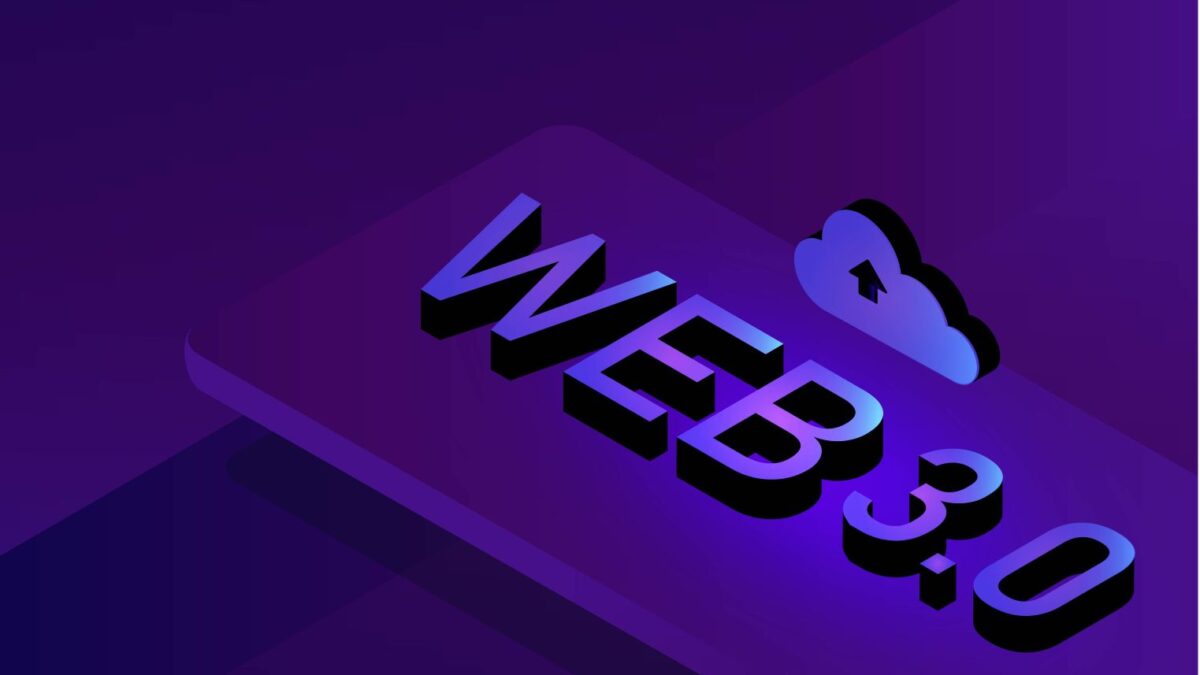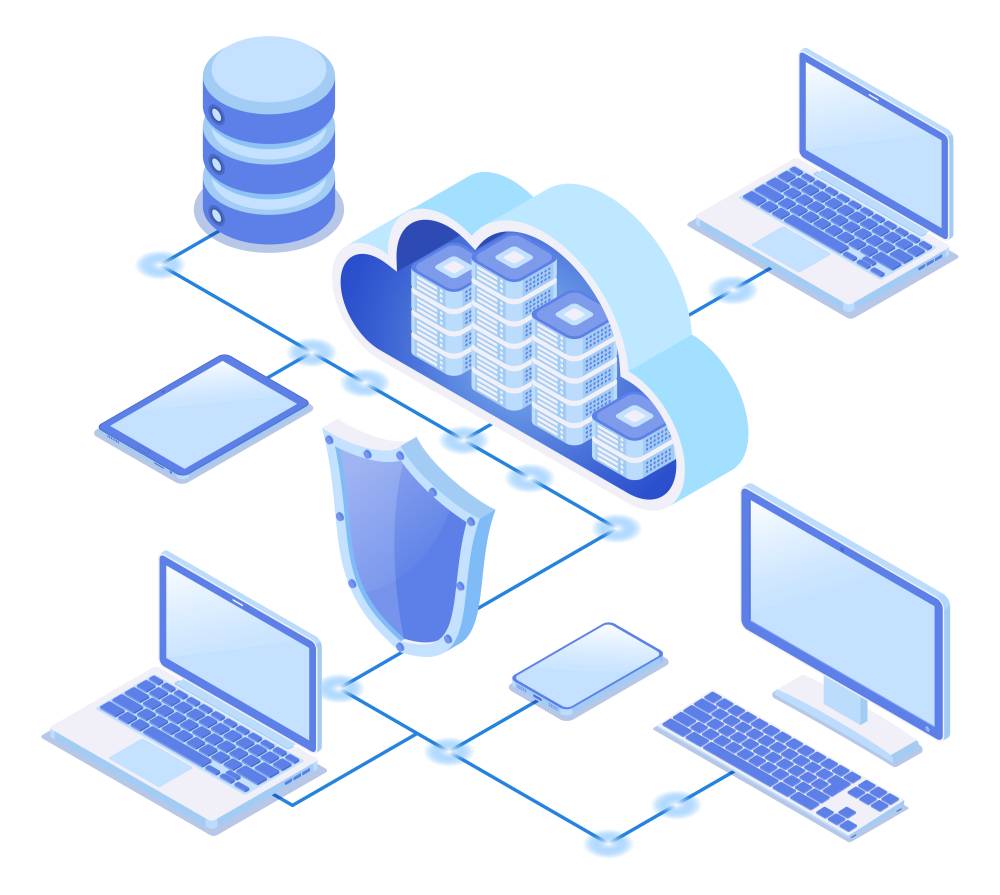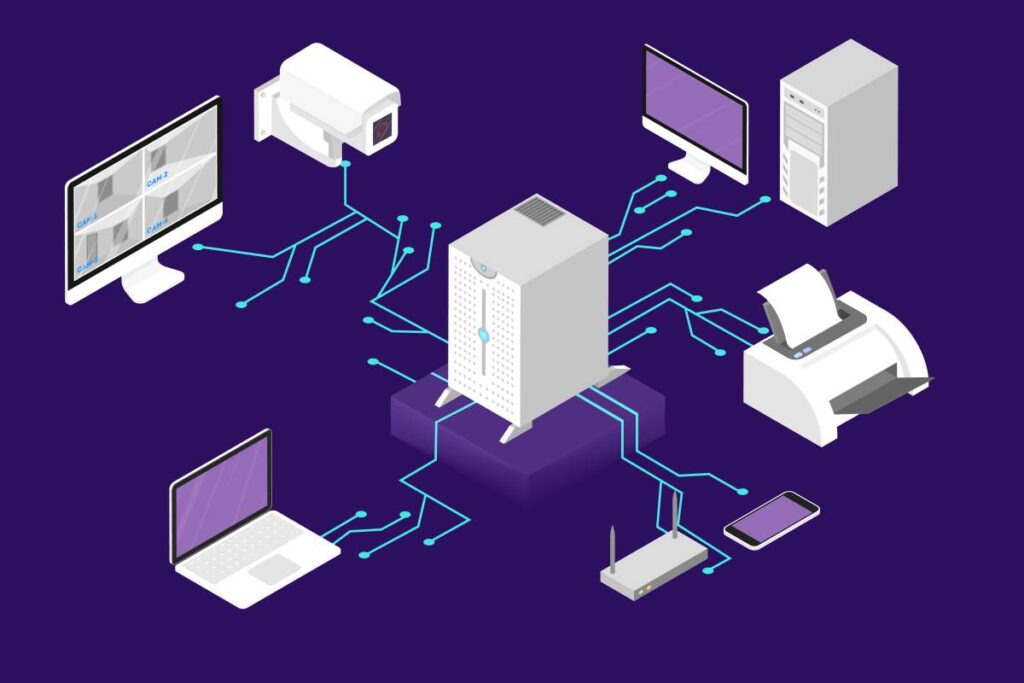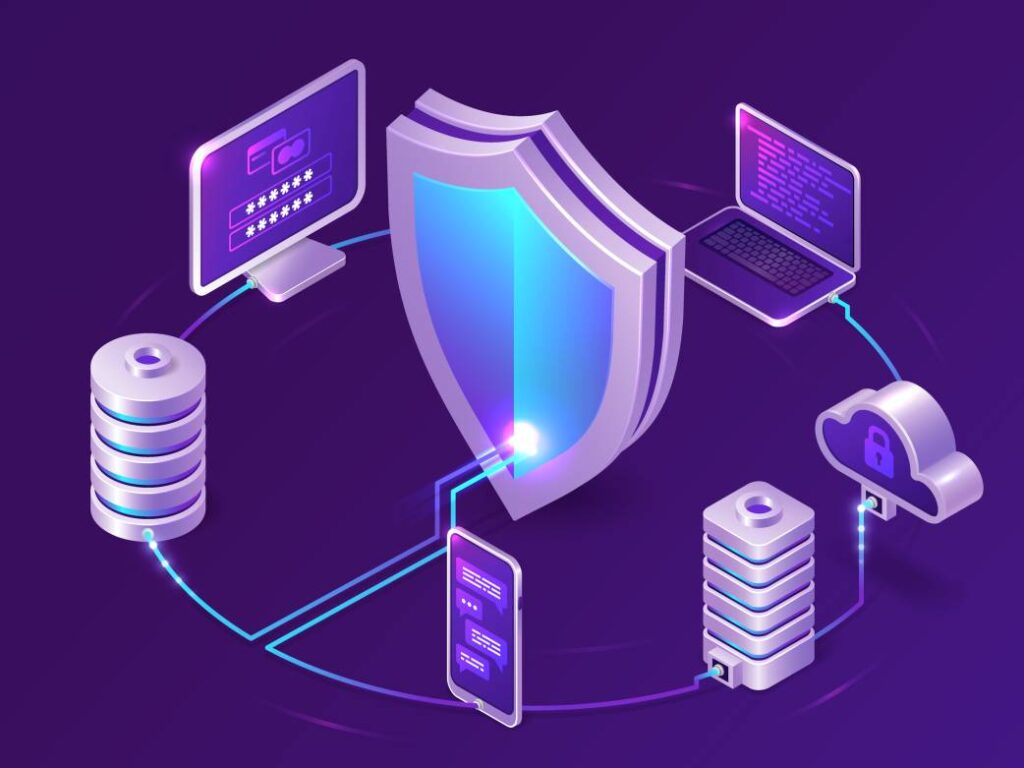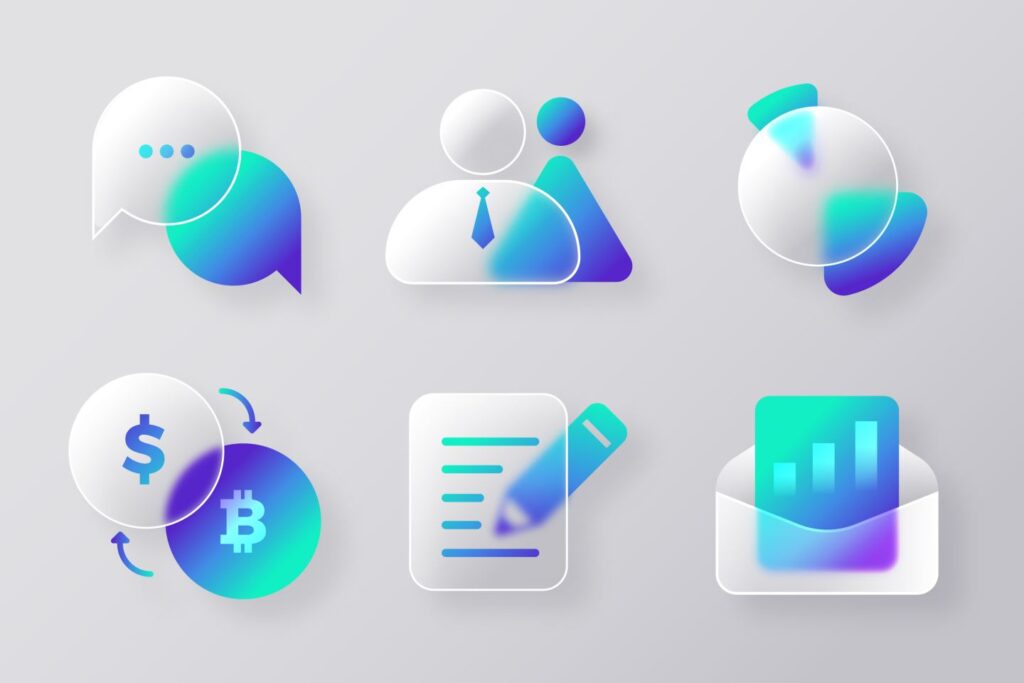As we move into the 21st century, we must keep up with technological advancements. The internet has undergone several changes and iterations – from Web1 to Web2 to the current state of Web3. Each stage of development has brought new opportunities and challenges for both users and businesses. In this blog post, we’ll look at the key differences between these two versions of the internet, so you can stay ahead of the curve and make the most of your online presence.
What is Web2?
Web2 is the second generation of the World Wide Web, and it is characterized by increased user interactivity and collaboration. While Web1 was focused on providing users with information, Web2 shifted the focus to allow users to interact with each other and create content together. This was made possible by developing new technologies such as social media, blogs, and wikis.
Let’s know some benefits of Web2:
Increased Interactivity and collaboration
One of the most important features of Web2 is the increased interactivity between users. This has been made possible by developing new technologies such as social media, blogs, and wikis. As the web centric business model became more prevalent, search engines began to index this content as well, which led to even more collaboration and interaction between users.
The semantic web
The semantic web is an important part of Web2 that is working to make the web more machine-readable so that computers can better understand the relationships between different pieces of information. This will ultimately lead to better search results and a more efficient web. Suppose you search for “pizza” on a search engine. The semantic web would be able to give you results not only for websites with the word “pizza” in them but also for websites about pizza restaurants, pizza recipes, and so on.
Cloud computing
Cloud computing is another big part of Web2 that allows users to access applications and data stored on remote servers rather than on their computers. This means that users can access their files from any internet-connected device, and they don’t have to worry about losing data if their computer crashes. Plus, the content delivery network (CDN) of Web2 Cache static content on Edge servers around the globe so that the website loads faster for the user no matter their location. Different web pages can be hosted on different servers in different parts of the world, and the user will still get fast loading speeds.
Do you want to make the most of both Web2 and Web3 for your business?
Contact Growth Hackers
Improved communication
Web2 has also improved communication by making it easier for people to connect and share information. The development of social media has made it possible for people to connect from all over the world and share their thoughts and ideas. This has led to a more open and connected world. Different unique web addresses can let you find the same information on various websites. In addition, many people can access the same website simultaneously without any problem, which wasn’t possible with earlier web versions. The user interaction on Web2 is real-time, which has made communication more efficient.
Greater access to information
One of the benefits of Web2 is that it has given users greater access to information. With the development of search engines and the ability to index user generated content, users can find the information they are looking for more easily. This has led to a more informed and connected world. Different decentralized protocols like Dat protocol, IPFS, and Hashgraph can help you find information that any organization does not control.
What is Web3?
Web3 is the third generation of the World Wide Web and is still in its early stages of development. While Web2 was focused on collaboration and user-generated content, Web3 focused on decentralization and giving users more control over their data. One of the biggest challenges facing Web3 is making it accessible to everyone, regardless of their technical expertise. To achieve this, developers are working on creating user-friendly interfaces and applications that anyone can use.
In the future, Web3 is expected to provide users with a more personalized experience and new opportunities for businesses to reach their target audiences. The central authority will not be in control of the data or the content on Web3, which is why it is often referred to as the “decentralized web.” Many big tech companies, such as Google and Facebook, are already starting to explore the potential of Web3. It is still too early to tell how successful it will be, but it is certainly an exciting time for the future of the internet.
Let’s know more about web3 by diving deep into its concepts:
The Decentralized Web
One of the main goals of Web3 is to create a decentralized web where there is no central authority controlling the data or content. Instead, users will be in control of their data and be able to share it with whomever they want. This could lead to a more open and connected world and new opportunities for businesses to reach their target audiences.
Blockchain Technology
Another big part of Web3 is blockchain technology, a way of storing secure and transparent data. With blockchain technology, each piece of data is stored in a “block” chained together with other blocks. This makes it very difficult for anyone to change or delete the data, which is why it is often used for cryptocurrency.
Cryptocurrency
Cryptocurrency is a digital currency that uses cryptography to secure its transactions. Cryptocurrency is often associated with blockchain technology, which is often used to buy and sell items on the decentralized web. Bitcoin, Ethereum, and Litecoin are all examples of cryptocurrencies.
Smart Contracts
A smart contract is a computer protocol that can facilitate, verify, or enforce the negotiation or performance of a contract. Nick Szabo first proposed smart contracts in 1996, and they have been gaining popularity in recent years. Many believe that smart contracts will be a key part of the future of the internet, as they can be used to create trustless relationships between parties.
Decentralized Applications
A decentralized application (DApp) is an application that runs on a decentralized network. DApps are often built on top of blockchain technology, and they have the potential to revolutionize the way we use apps. Currently, very few DApps available, but this is changing as more and more developers start to explore the potential of this new technology. The artificial intelligence (AI) field is one area where DApps could majorly impact. For example, a DApp could be used to create a decentralized market for AI services. This would allow people to buy and sell AI services in a completely transparent and trustless manner.
Web3 holds a lot of promise for the future of the internet, and it will be interesting to see how it develops over time. While it is still in its early stages, there are already some exciting applications and use cases that are being developed.
Key Differences Between Web2 and Web3
Now let’s take a look at the key differences between Web2 and Web3:
Control of data
The first and most obvious distinction is who controls the data.
With Web2, data is controlled by centralized institutions such as Google, Facebook, and Amazon.
In contrast, with Web3, data is controlled by the users themselves. This difference is made possible by decentralized technologies such as blockchain. For example, with a social media platform like Steemit, users own their data and are rewarded for producing content.
Scalability
Web2 applications are not scalable because they run on centralized servers. This means there is a limit to how many users can be supported and how much data can be stored.
Web3 applications are scalable because they run on decentralized networks. For example, the Ethereum network can support millions of daily transactions without issues. This is because no central point of failure can become overloaded.
Security
Web2 applications are vulnerable to security breaches because they rely on centralized servers. Hackers can target these servers to steal data or bring the entire system down. Web3 applications are much more secure because they rely on decentralized networks. For example, the Ethereum network is virtually impossible to hack because there is no central point of failure. If internet users were to vote on something and one group of people were to try and manipulate the outcome by hacking the system, they would need to control more than 51% of the network to do so. This is known as the 51% attack, which is considered practically impossible.
Privacy
Web2 applications do not offer users privacy because their data is stored on centralized servers. Companies can collect and sell users’ data without their consent.
Web3 applications offer users much more privacy because their data is stored on decentralized networks. For example, the Ethereum network allows users to create “smart contracts,” which are private and cannot be accessed by anyone except the parties involved. As the world wide web becomes more centralized, it is important to consider the privacy implications of using web2 applications.
Now is the time to leverage the power of Web2 and Web3!
Cost
Web2 applications are expensive to develop and maintain because they require a centralized infrastructure. This includes things like servers, data centers, and employees.
Web3 applications are much cheaper to develop and maintain because they rely on decentralized infrastructure. For example, the Ethereum network is maintained by a global community of volunteers who are not paid for their work. As the online data storage infrastructure improves, the cost of maintaining a Web3 application will continue to decrease. Suppose you want to develop an application that stores data in a decentralized way. In that case, you would need to purchase storage space from a service provider like Amazon S3 or Microsoft Azure.
Incentives
Web2 applications are designed to make money for the companies that own them. This means that users are not typically rewarded for their involvement. Web3 applications are designed to reward users for their involvement. For example, the Ethereum network provides users with “gas,” which is used to pay transaction fees. Suppose you wanted to buy a virtual kitten on the Ethereum network.
To do so, you would need to pay a small amount of gas for the transaction to be processed. Besides the obvious financial incentive, there are also other reasons why users might want to get involved with Web3 applications. For example, some applications may offer “reputation” points which can be used to gain access to higher levels of the application or to unlock new features.
Transparency
Web2 applications are usually not transparent because their data is stored on centralized servers. This means that companies can choose to withhold information from users if they so desire. Web3 applications are built on decentralized platforms, which means all data is stored on a public ledger. This makes it impossible for companies to withhold information from users, as doing so would be tantamount to destroying their data.
This increased transparency has several benefits. First, it makes it much harder for companies to commit fraud or other unethical behavior. Second, it gives users greater control over their own data. Finally, it makes it possible for new applications to be built on top of existing ones, increasing the system’s overall efficiency.
User experience
The main difference is that web2 offers a better user experience. It is more user-friendly because it was designed with the user in mind. Web3, on the other hand, was designed with developers in mind. This is not to say that web3 is difficult to use, but it is not as user-friendly as web2.
When it comes to user experience, web2 is the clear winner. It is more intuitive and easier to use. Web3, on the other hand, is a bit more complex. However, once you get used to it, it is just as easy to use as web2. Just like the web users today, the user experience on web3 will continue to improve as the technology matures.
Interoperability
Web2 applications are not interoperable because they are built on different platforms. This means that another cannot easily access data from one application. Web3 applications are built on a single platform, which makes them interoperable. This means that another can easily access data from one application. As different decentralized networks evolve, it will become increasingly important for those networks to be interoperable. Suppose web browsers were not interoperable. This would mean that users could not access websites built on different browsers. The same is true for decentralized networks. If they are not interoperable, users will not be able to access applications built on different networks.
Final Words on Web2 vs Web3
The debate between web2 and web3 is likely to continue for some time. Each side has its advantages and disadvantages. Web2 is the more traditional approach and has been around for longer. It is more established and therefore has more support. However, it is also less flexible and can be more difficult to change.
Web3 is the newer approach and is, therefore, more innovative. Now is the time to invest in Web3 as your competition is probably not there yet. It is also more flexible and easier to change. However, it is less established and therefore has less support. Ultimately, deciding which approach to take is up to the individual. Both web2 and web3 have their advantages and disadvantages. It is up to the user to decide which approach is best for them. So, at last, we come to the end of this article on web2 vs web3. We hope that you have found it informative and helpful. If you have any questions or comments, please feel free to leave them below. Thank you for reading!
Growth Hackers is a full-service Web3 digital marketing agency helping businesses from all over the world grow. There is no fluff with Growth Hackers. We help entrepreneurs and business owners with Web2 and Web3 business approaches, gather and analyze data analytics, increase their productivity, generate qualified leads, optimize their conversion rate, acquire and retain users and increase sales. We go further than brand awareness and exposure. We make sure that the strategies we implement move the needle so your business grow, strive and succeed. If you too want your business to reach new heights, contact Growth Hackers today so we can discuss about your brand and create a custom growth plan for you. You’re just one click away to skyrocket your business.

